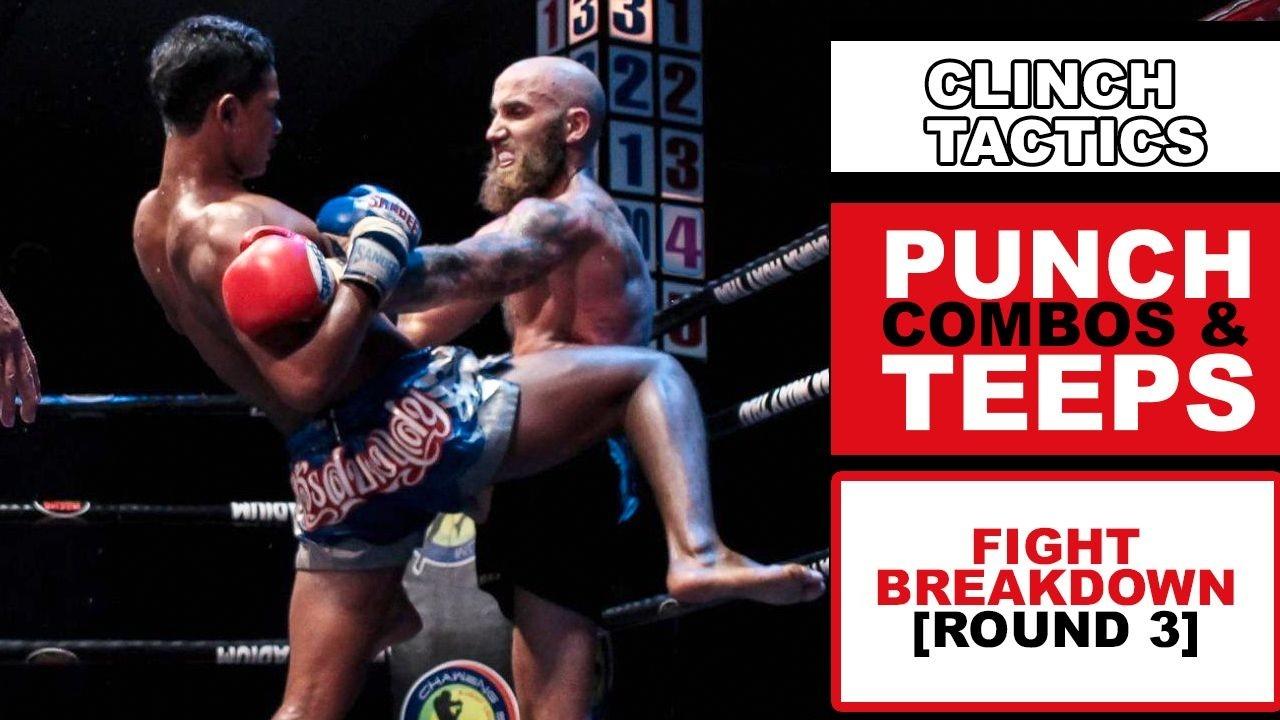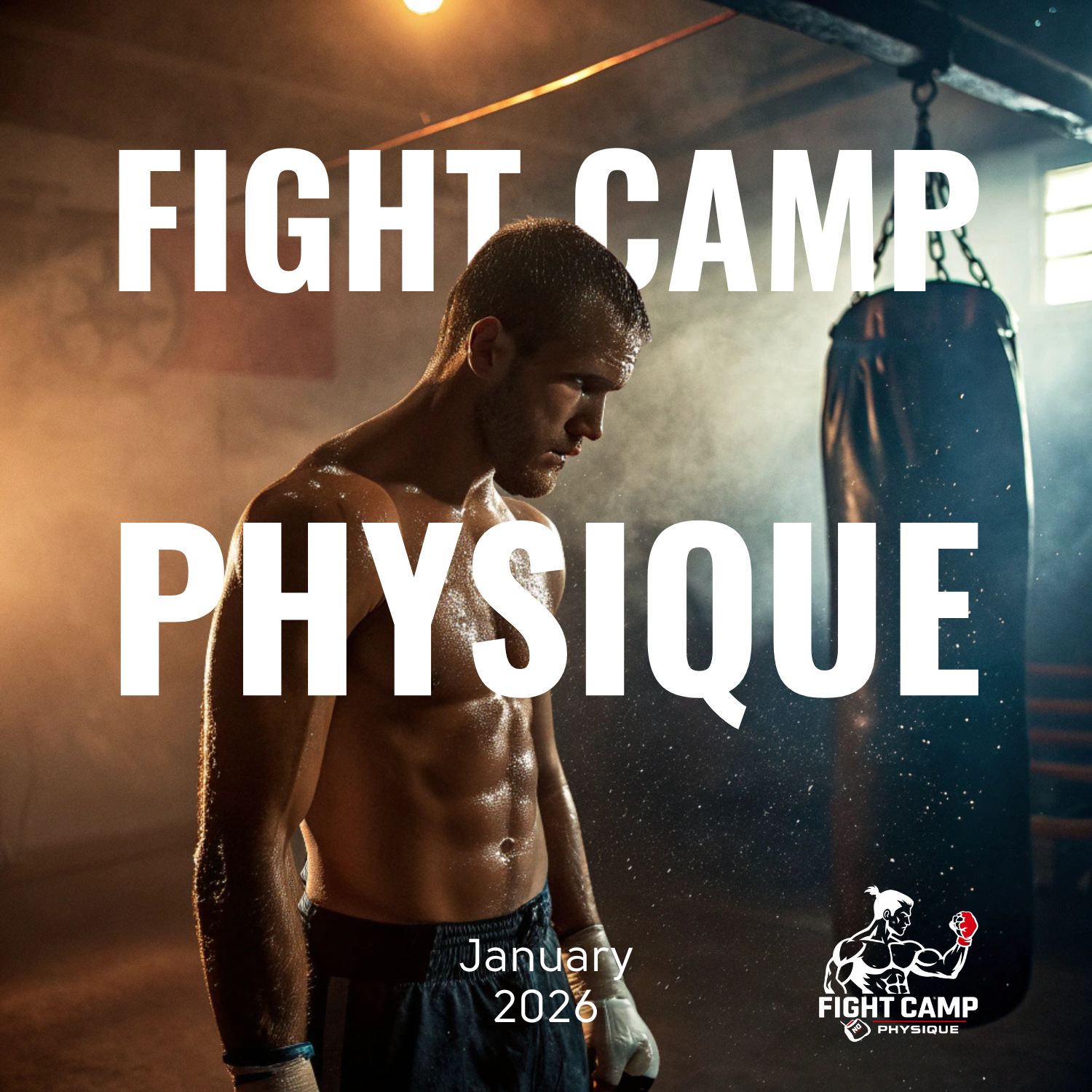Fight Breakdown: Clinch Tactics, Punch Combos & MORE Teeps (Round 3)

FIGHT ANALYSIS: "IT'S HEATIN' UP!!!"
By Evan Lee
Round 1 and Round 2 were good and all, but this is where the fight starts getting juicy.
In Thailand, Muay Thai scoring is weird. The first two rounds don't really count for much (very weird, indeed), so the third round is when things begin to pick up.
The fight is moving faster in round three, more combinations are being thrown, and there’s just a great flurry of techniques to deal with, usually on and from both sides.
In the last breakdown, I focused primarily on the teep, which I called "the ultimate nullifier." Today, we will be focusing on another nullifier, though not as effective: the clinch.
First, though, let's catch up on the fight!
Fight Breakdown: Clinch Tactics, Punch Combos & MORE Teeps (Round 3)
The Smothering Power Of The Clinch
The reason why the teep is so effective as a defensive tool is because it creates distance. It doesn’t matter what strike is being thrown at you - if you can create distance, that technique is useless.

It doesn’t matter if it’s Mike Tyson winging hooks or Cro Cop’s left shin coming for your dome, if you’re out of range, those techniques mean nothing.
Now, rather than creating a giant gap between yourself and the opponent as teeps do, the clinch closes that gap completely. You cannot punch or kick effectively if someone is jamming their entire body into yours.
Take for example Floyd Mayweather’s fight with "Sugar" Shane Mosley.
(Skip to 16:20 if you wanna get past the theatrics and straight to the action.)
In this fight, one of the rarest things in all of sports happened. With a perfectly timed right-hand, Mosley rocked Floyd Mayweather. Combat sports fans know: Floyd (almost) never gets rocked.
Mayweather was clearly hurt and on wobbly legs, yet for those few crucial seconds after Shane had landed the punch, he was not able to capitalize in those moments. Mayweather immediately grabbed onto the right-arm which did the damage and held on for dear life. The only thing Mosley could do was try to wrench his arm free - a difficult thing to do when someone hugs it to their body.
In the fight that you saw above, Phetch was able to nullify some of Sean’s offense by clinching up with him. This also emphasizes the importance of being good with the clinch.
The clinch is not merely an offensive tool from which you can land knees, elbows and sweeps. It’s a way to smother your opponent’s attacks and buy yourself some time to recover. The better you are at the clinch, the easier it will be for you to make time to recover.
When you are more skilled than someone else at something, you will more than likely be the one who dictates the pace, especially in the clinch. They will not have the skill necessary to push you and make you work.
There you have it. You’ve just learned about two of the most effective tools you could have in your Muay Thai arsenal, tools that can nullify any type of offence coming your way.
The key now is to begin mastering those techniques and understanding where you can use them and how to counter the counters others will try to throw towards you.
Next comes the finish... Stay tuned!
Feed Your Muay Thai Addiction!
Join our "Muay Thai Mondays" email newsletter for the latest updates on new videos, special events and everything Muay Thai!







